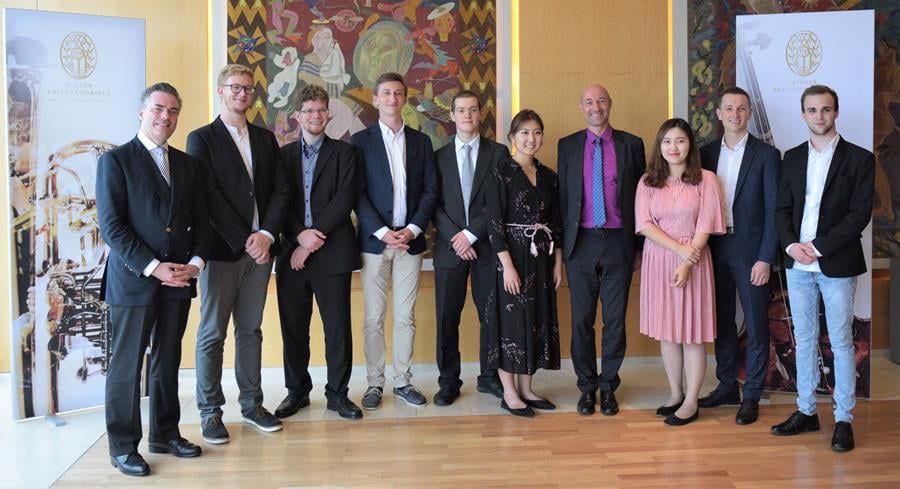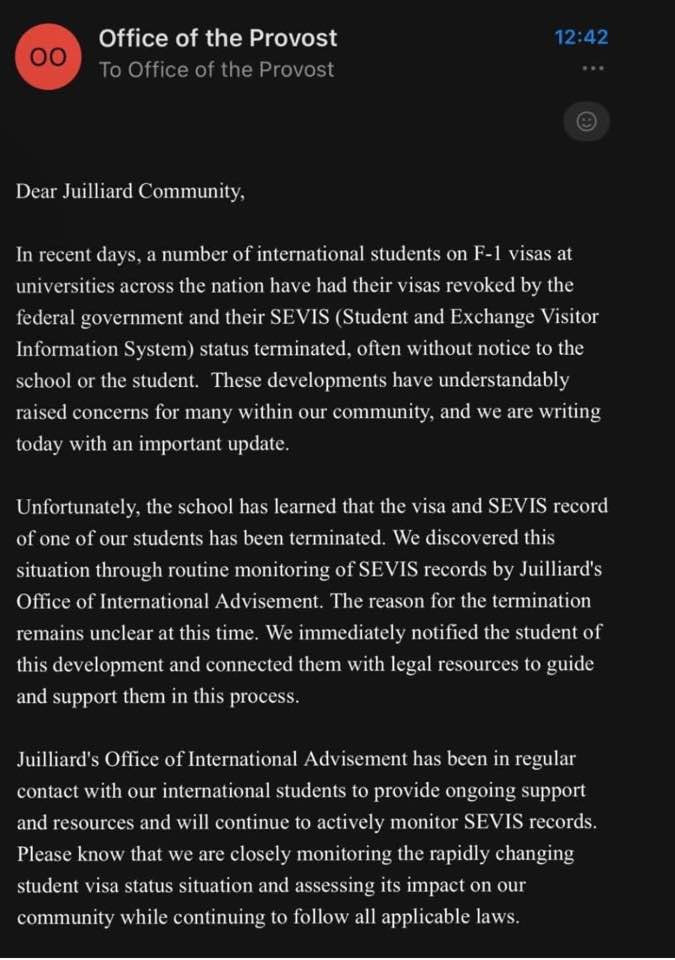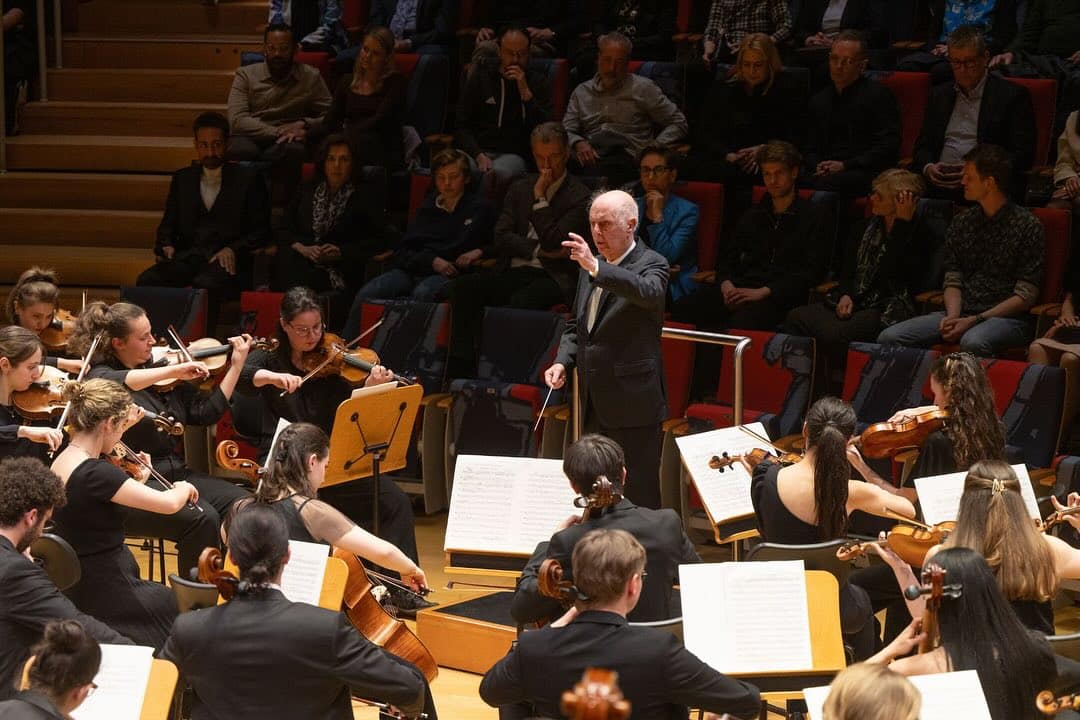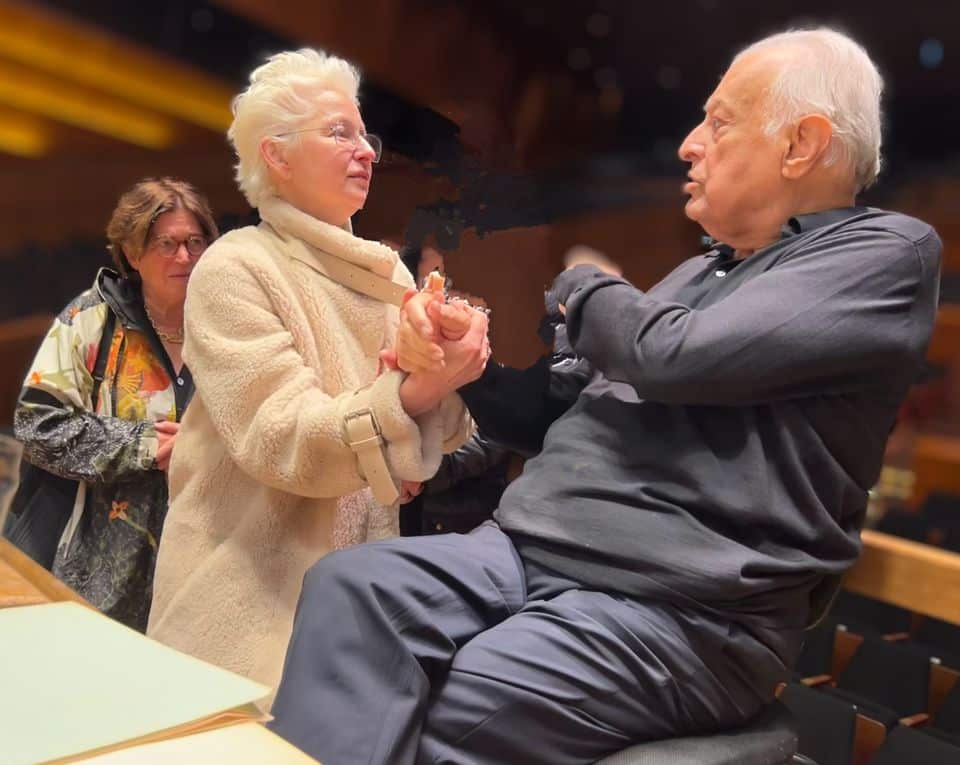Meet the next-gen Vienna Philharmonic
mainThe orchestra has named the first participants in its new academy.
There are just 3 Austrians, 2 women.

Hannah Cho, violin, USA
Andraz Golob, clarinet, Slovenia
Patrick Hofer, trumpet, Austria
Hana Jeong, double bass, South Korea
Ulisse Mazzon, violin, Italy
Samuel Mittag, viola, Switzerland
Michael Stückler, horn, Austria
Benedikt Sinko, cello, Austria





Comments